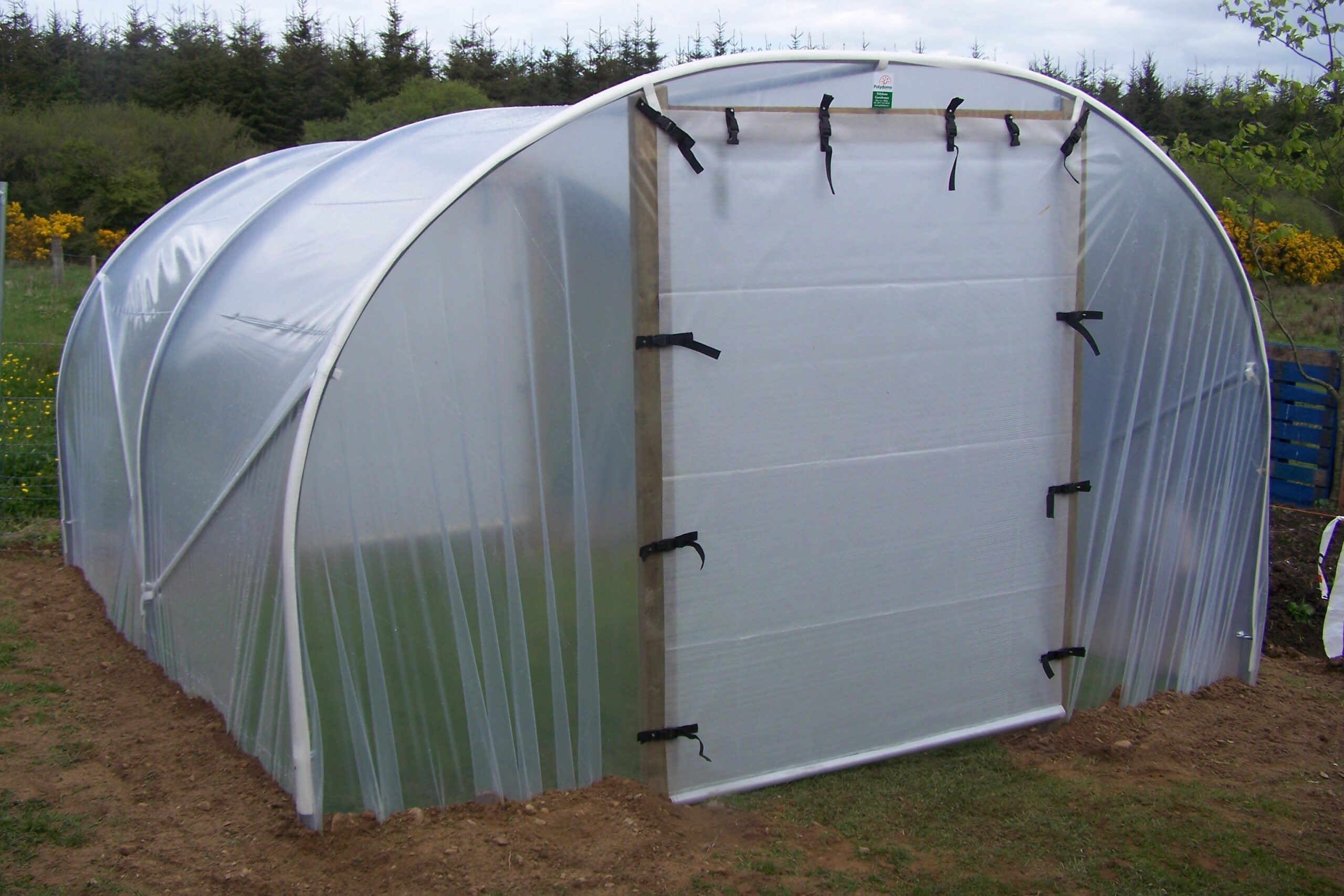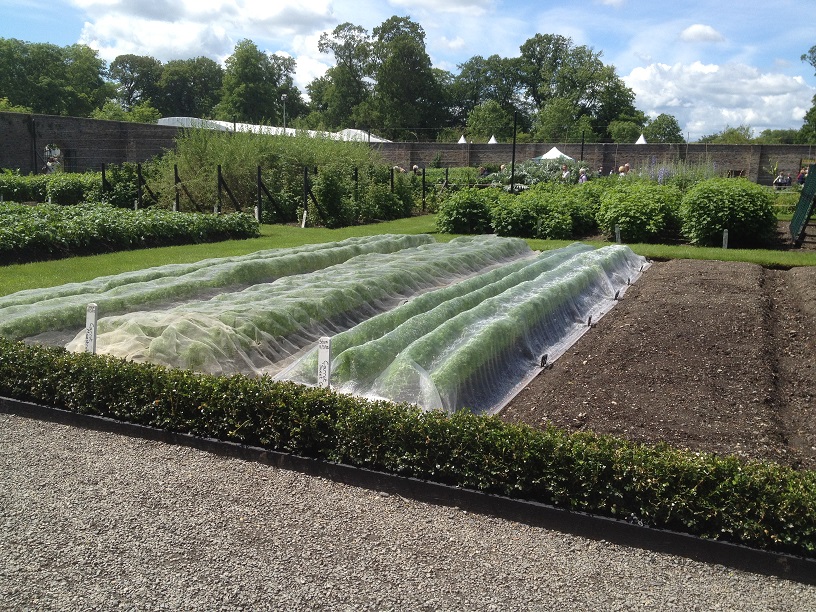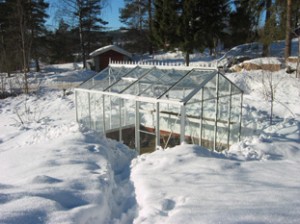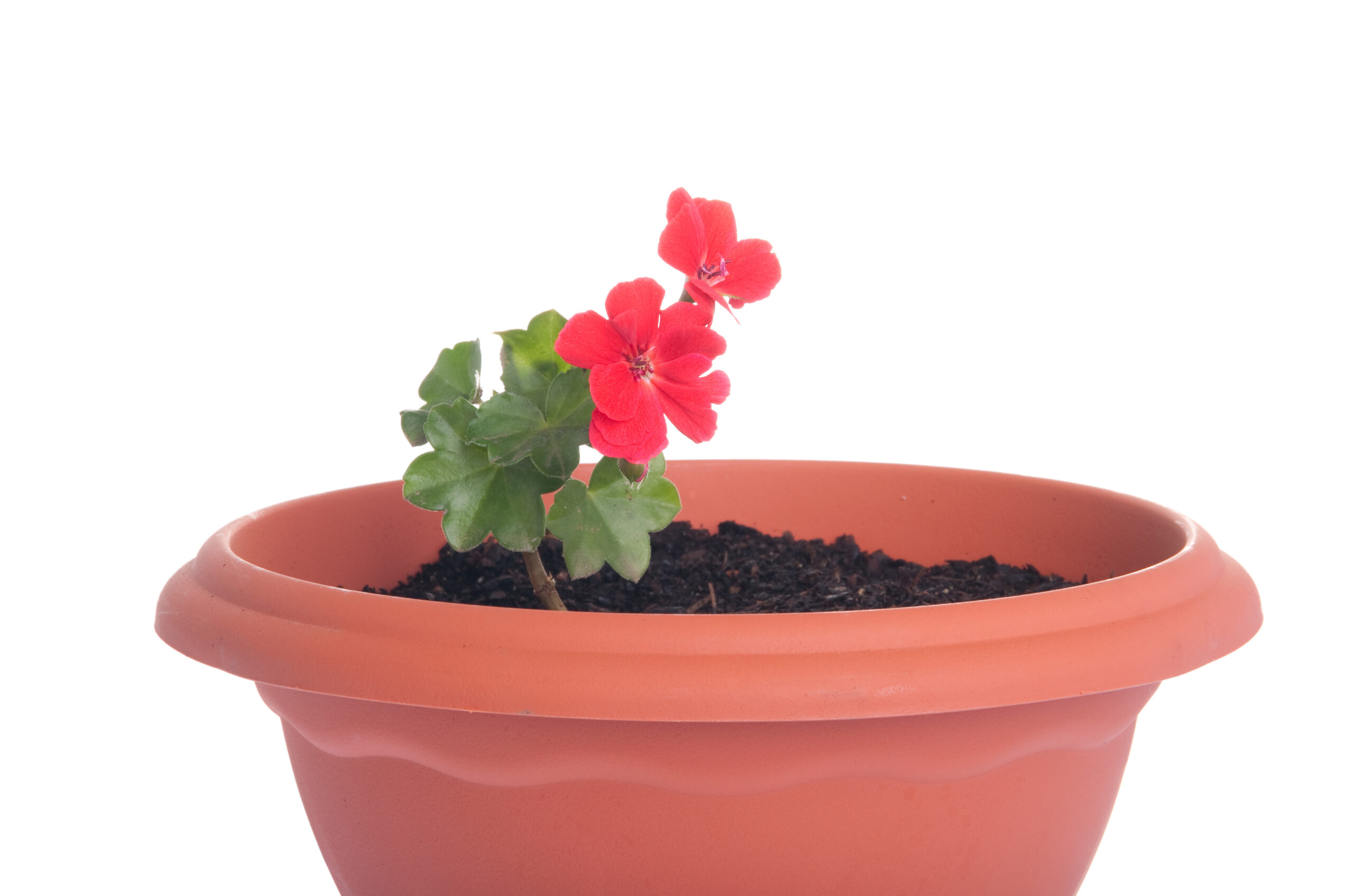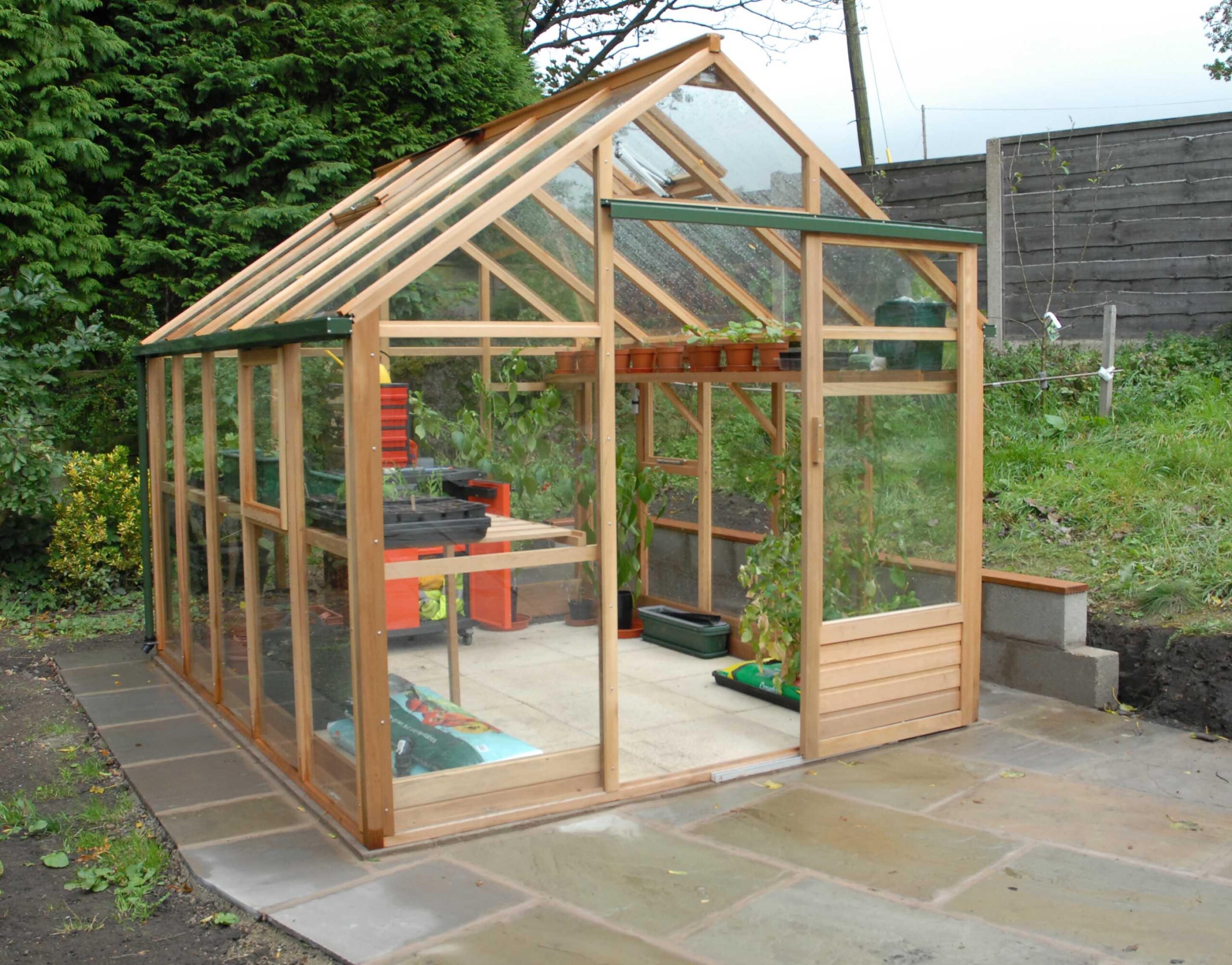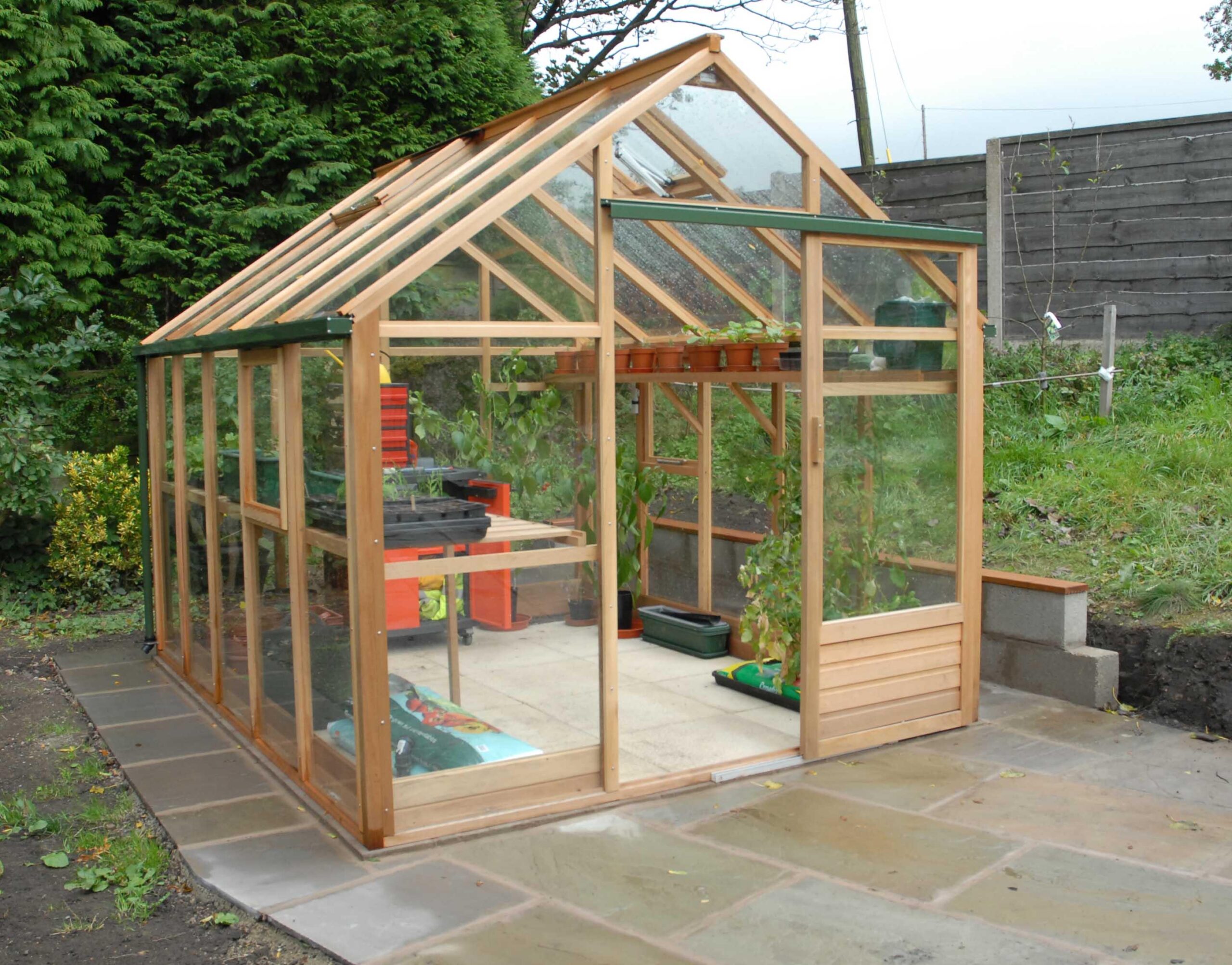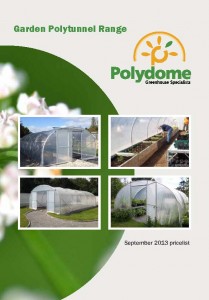It’s handy to be able to keep tender plants and grow salad crops in the greenhouse over the winter. Protected from the worst of the frost, they survive the cold so much better than outside. But aphids overwinter better in a greenhouse too. Commonly called greenfly, the many different species come in all colours and some, like woolly apple aphid and lettuce root aphid, are covered in white waxy ‘wool’ to deter predators.
Aphids are weak fliers, and easily killed by cold or washed away by rain. Their only hope of survival outdoors is to lay eggs to hatch out in spring, but in a warmer, drier and wind-free greenhouse the adults can live all winter. When the sap starts to rise in your precious plants they give birth to live young which are bearing young themselves in a few days, so their numbers snowball quickly.
What can you do? Various aphid predators can be bought for releasing into a greenhouse, but most take time to build up and reduce aphid numbers to an acceptable level. For best results use them exactly as recommended. You could rescue adult ladybirds from winter prunings and cleanups, and leave them on the plants in your greenhouse. Sprays come and go: check with your local garden shop or centre to see what’s currently available, and follow the instructions carefully. Some spray very dilute washing-up liquid weekly.
If you want organic remedies try Pyrethrum or sprays based on fatty acids, or on plant or fish oils such as rapeseed oil. Hose down plants with water to dislodge aphids, or squish them on the shoot tips between finger and thumb, or brush them off with a soft brush. Grow root aphid-resistant lettuce varieties. Tagetes grown between other plants can deter aphids.
